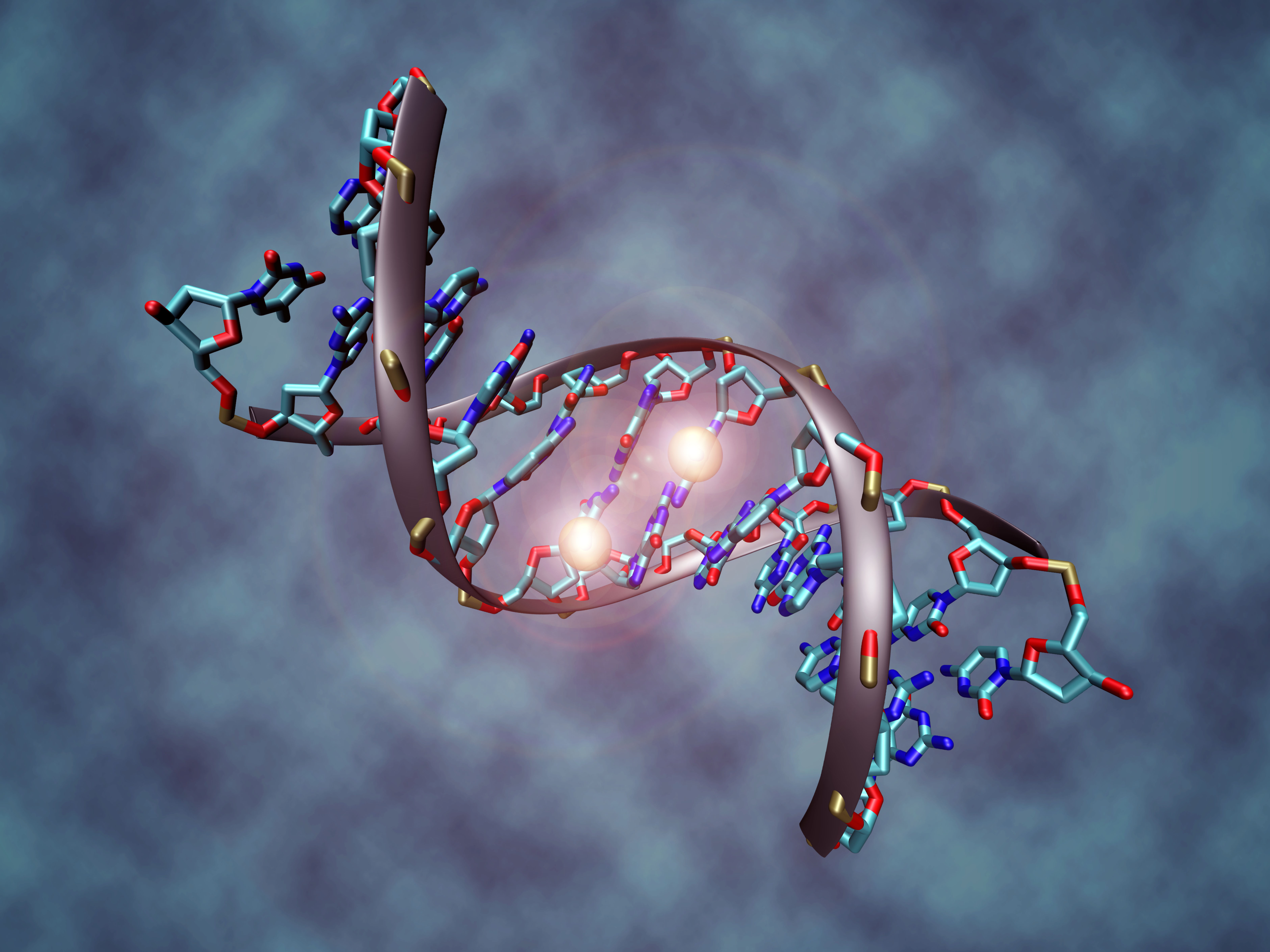 The Wall Street Journal recently published a front page article on a new class of drugs for the treatment of breast cancer: PARP-Inhibitors. Exciting!
The Wall Street Journal recently published a front page article on a new class of drugs for the treatment of breast cancer: PARP-Inhibitors. Exciting!
What are PARP-Inhibitors, hence forth known as PARP-I? To fully understand we need to go back to the 1960s and recall what DNA is. DNA is basically a blueprint for our bodies. Molecules come along and read the DNA and then make the various parts and proteins of our bodies, stuff that we need to live. If the DNA gets broken, or if you prefer, someone spills coffee on the blueprint, then our cells cannot produce what we need and those cells die.
Our cells have two ways of fixing broken DNA, or if you prefer, cleaning up the coffee spill. The first mechanism is the BRCA pathway. Yes, the same BRCA pathway that can cause breast or ovarian cancer. If the BRCA pathway functions properly, then the DNA can get fixed and the cell goes on with its life. If the BRCA pathway is broken, then the cell uses another pathway, the PARP pathway to fix the broken DNA. It’s as if we could use Bounty, the quicker picker-upper, or a Cotton Towel, the Fabric of our Lives, to clean up the coffee on the blueprint.
If the BRCA pathway is broken, healthy breast and ovarian cells are more prone to turn cancerous. I’ll get to explain the reason why in another blog post. So, if these BRCA-cancer cells get broken DNA, their DNA can be repaired by PARP. But if we can inhibit PARP, i.e. use a PARP-I, then the BRCA-cancer cell cannot repair its DNA and the cancerous cell dies. At least this is the theory.
The results are mixed but some of the PARP-I are showing effectiveness against Triple Negative Breast Cancers in patients who carry an abnormal BRCA gene, i.e. whose BRCA pathway is broken. Triple Negative Breast Cancers do not have a target that we can exploit. They do not have an estrogen or progesterone receptor nor do they have a Her2 receptor. These Triple Negative Cancer can be very difficult to kill. But for those Triple Negative Cancers in patients who have a broken BRCA pathway, i.e. a BRCA gene mutation, there is hope that these PARP-I may lead to a cure.
